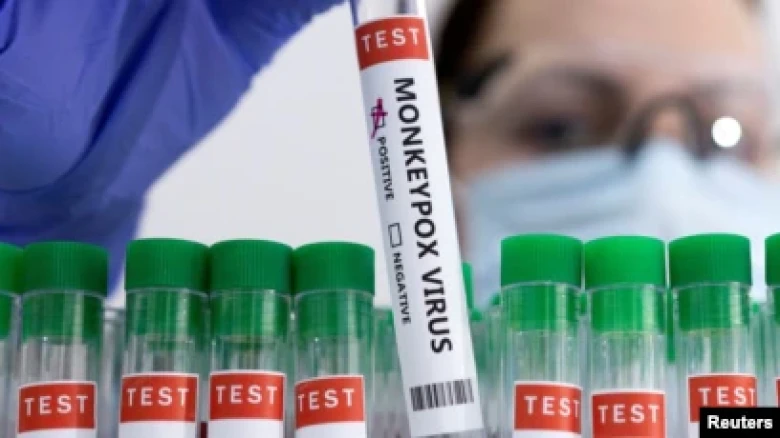The study claimed that the virus can also spread through bodily fluids or items that have been used by an infected person. However, it is not yet known how much some surface contamination contributes to the indirect transmission of the virus.
Digital Desk: According to a new government study, the monkeypox virus can linger on many ordinary household items, though it is not yet known if this can spread the infection.
Sharing a residence with two monkeypox patients, they claimed to regularly take showers, wash their hands multiple times a day, and disinfect surfaces. 20 days after the onset of symptoms, researchers still found the virus on 70% of high-contact surfaces, including couches, blankets, a coffee maker, a computer mouse, and a light switch, according to the US Centers for Disease Control and Prevention.
However, no live virus was found on any of the objects or surfaces, indicating there is a low probability that infections may spread. According to the CDC, cleaning and disinfection procedures may have reduced the level of contamination in the house.
The study simultaneously resolves some issues and provides fresh insight into the behaviour of the monkeypox virus. Direct contact with lesions or respiratory secretions during prolonged close contact with an infected person are the main ways that monkeypox spreads. According to a second CDC investigation, recent male-to-male sexual contact was linked to more than 90% of monkeypox infections in the US.
The study claimed that the virus can also spread through bodily fluids or items that have been used by an infected person. However, it is not yet known how much some surface contamination contributes to the indirect transmission of the virus.
The CDC said visitors to a person with monkeypox should still take precautions, "by donning a well-fitting mask, avoiding touching potentially contaminated surfaces, practising good hand hygiene, refraining from sharing eating utensils, clothing, bedding, or towels, and adhering to home disinfection recommendations."
According to the study, both patients had cases of monkeypox that were noted in May. The lesions on one of the individuals' genitalia, hands, chest, lips, and scalp contrasted with the lesions on the other's foot, leg, and finger. They both had illnesses for roughly a month, the report stated.








Leave A Comment